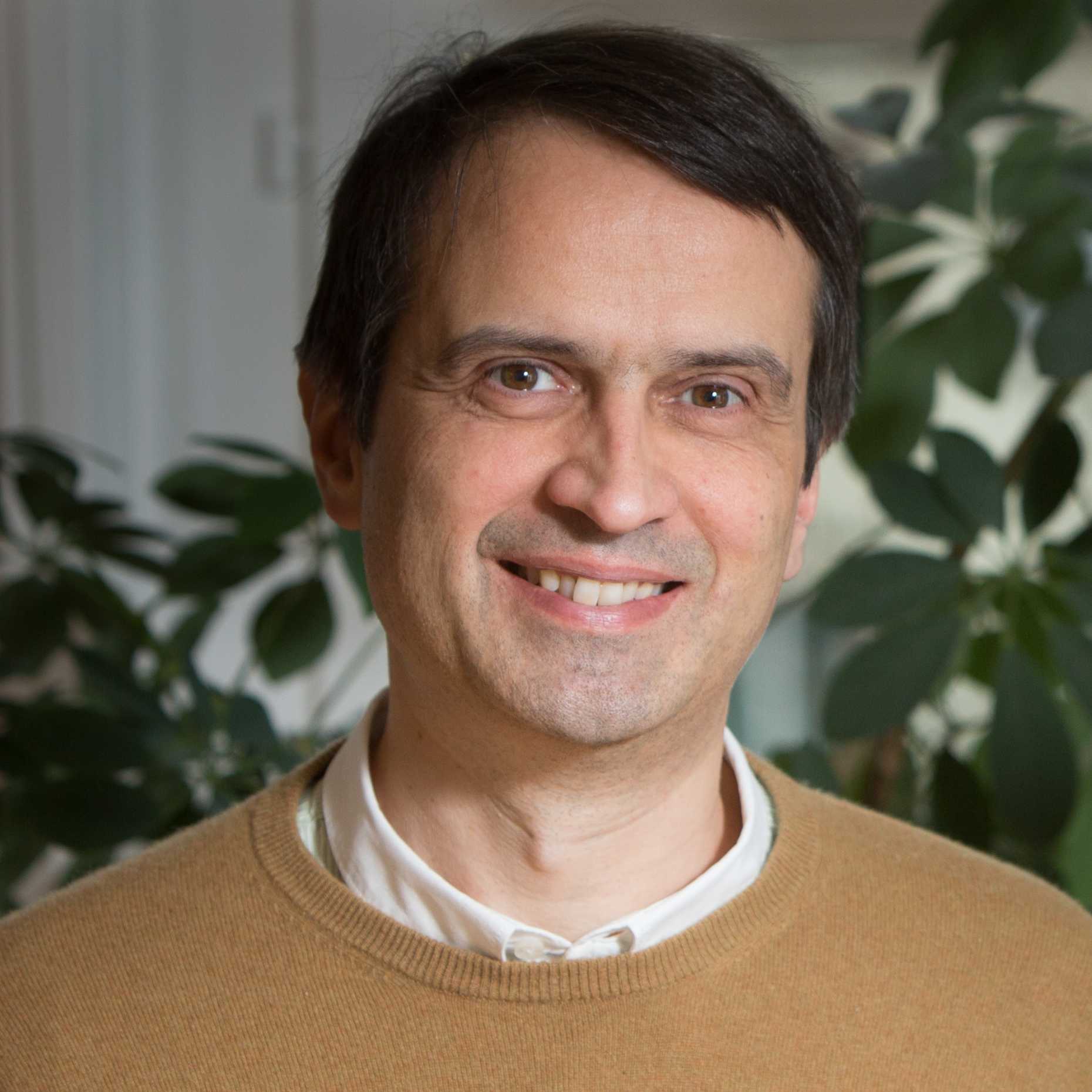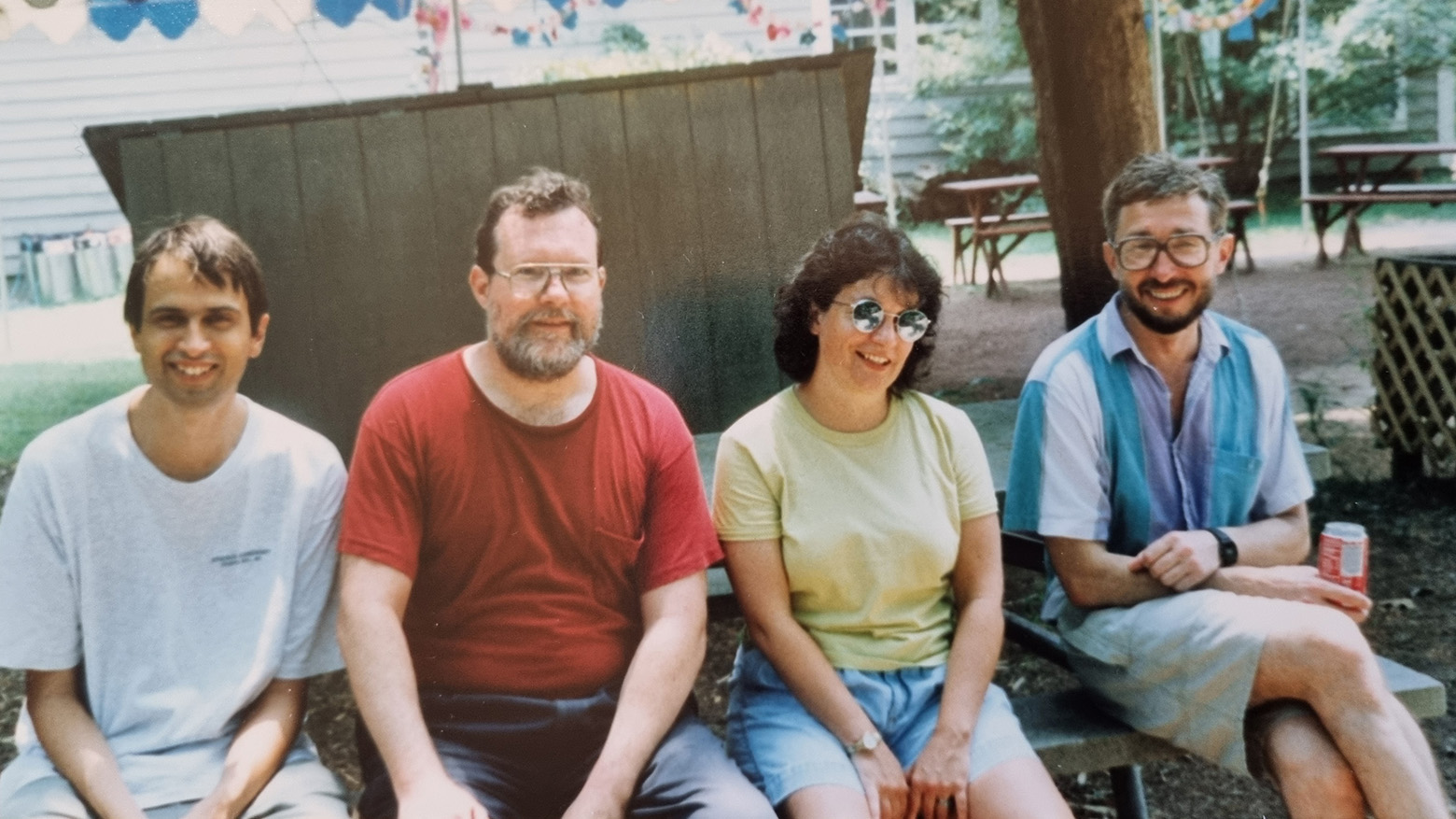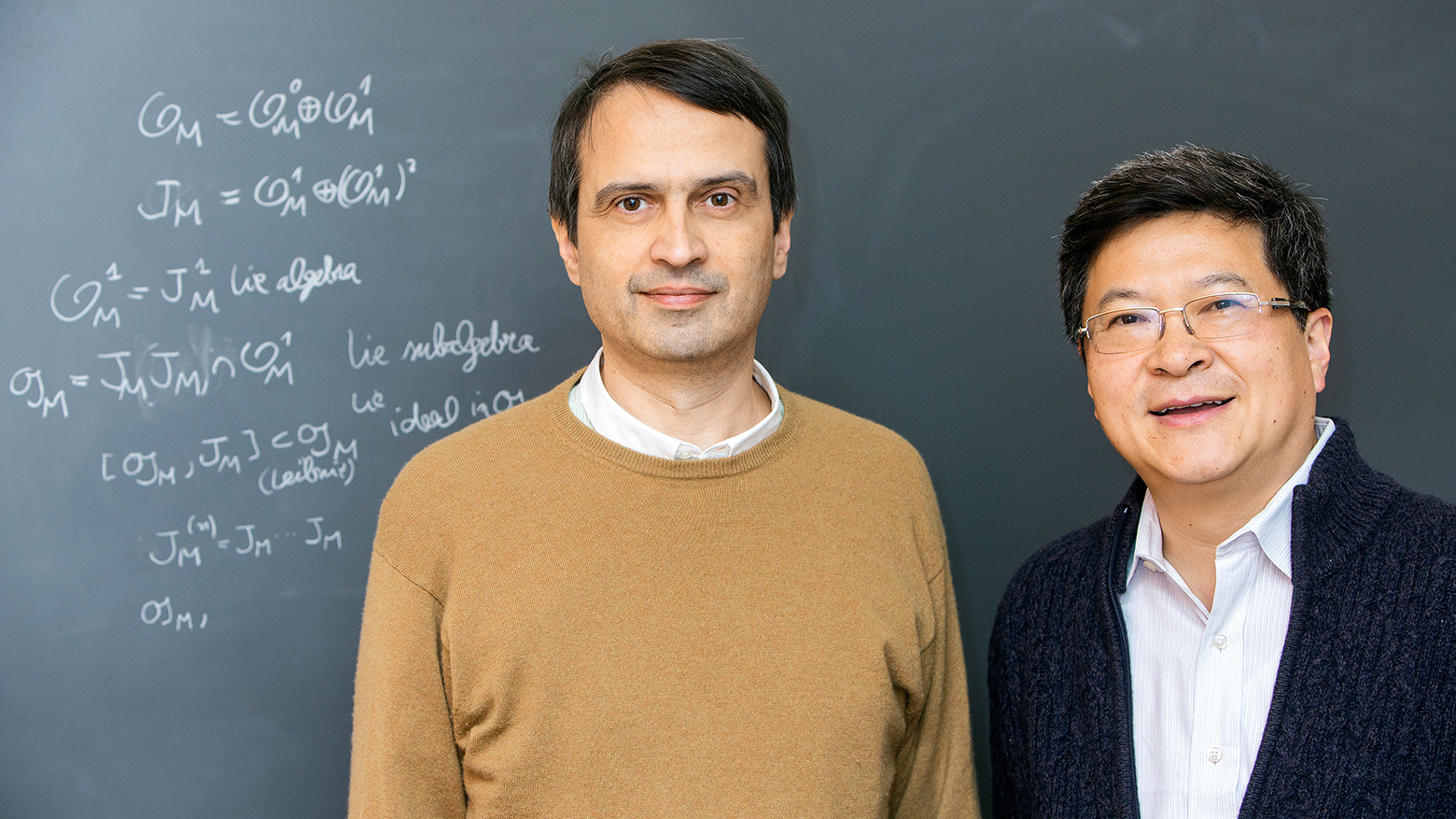Farewell to Giovanni Felder – a researcher at the frontier between maths and physics
After 28 years in the department, Professor Giovanni Felder gave his farewell lecture on 28 February. In this interview, he speaks about his early years switching between disciplines, and his time as the founding director of the ETH Institute for Theoretical Studies and as co-director of NCCR SwissMAP.
You studied physics at ETH Zurich in the 1970s. What was different back then?
There were far fewer people here than there are today – maybe around 120 first-year students altogether in mathematics and physics. The Hönggerberg campus was much less lively than it is now, and lecturers would smoke during lectures.
The principle back then was that physics students would have the same basic education in mathematics as the maths students. That’s still true today to some extent, but the connection is weaker than it used to be.
Because of this close link between the disciplines, I was able to learn a lot of mathematics during my physics degree. This was also due to the fact that some theoretical physics professors – Walter Hunziker, Klaus Hepp and, later on, my doctoral supervisor Jürg Fröhlich – were very mathematically minded.
Mathematics was already important to me back then, even though my thesis was in physics.

“Back then I was oscillating between mathematics and physics because there were – and still are – so many interesting things to study at the interface between the two disciplines.”Giovanni Felder
After your doctoral studies you spent three years working abroad as a postdoc before returning to ETH in 1989 – firstly as a senior assistant at the Institute for Theoretical Physics and then as an assistant professor in D-MATH. You worked as a professor at the University of North Carolina before accepting another position at ETH in 1996. Are there any key moments that particularly stand out for you?
My first postdoc position was at the Institut des Hautes Études Scientifiques (IHES) – I wanted to work there because of Krzysztof Gawędzki’s research into mathematical quantum field theory, which I was interested in. The exciting thing about the IHES was that researchers were working on mathematics and theoretical physics in the same place.
Then I came back to work at ETH, firstly in the physics department and then as an assistant professor in mathematics. Back then I was oscillating between mathematics and physics because there were – and still are – so many interesting things to study at the interface between the two disciplines.
At the start of my career it was difficult to switch between the two because people in mathematics thought of me as a physicist and it wasn’t quite clear where I would fit in.
And then I got my first position as a full professor in the mathematics department at the University of North Carolina in the USA. From then on, I was recognised as a mathematician. That meant that I was able to explore the many areas of the wonderful world of mathematics where ideas from physics play a key role.
Then you came back to Zurich to work in D-MATH. Were there any differences between the USA and Switzerland? If so, what were they?
In the USA, I had lots of colleagues working in similar fields to me. That wasn’t initially the case when I came back to Switzerland. Back then, I was the only one in my field in D-MATH – there were other people working in mathematical physics, but not in the algebraic directions that I was interested in, such as representation theory or geometry.
However, being at ETH meant I had more funds available to hire young people and set up a new research group, also with support from the Swiss National Science Foundation. The Institute for Mathematical Research (FIM) played a key role as well, because many foreign guests were invited to spent time there and I was able to collaborate with them.
Your research focuses on mathematical physics. Which fields have you worked in? What are your special interests and have they changed over time?
My original research area is quantum field theory – a multifaceted area of physics which is constantly inspiring new approaches in mathematics. In that sense, my research in mathematics was also influenced by what was happening in theoretical physics. A lot has happened over the last thirty years – in high energy physics or string theory, for example – and that has resulted in lots of new ideas in mathematics too. Based on these developments, my main interests have been integrable systems, quantisation, random matrices, representation theory of infinite-dimensional Lie algebras, quantum groups, non-commutative geometry and geometric aspects of superstrings.
You helped to found the Institute for Theoretical Studies (ETH-ITS) in 2013 and were co-director of the National Centre of Competence in Research SwissMAP from 2014 to 2022. What led to the founding of these two organisations and what was your role?
Former ETH President Ralph Eichler came up with the idea for the ETH-ITS. He was able to convince two private donors, Martin Haefner and Max Rössler, to fund a new institute focusing primarily on theoretical research areas in the fields of mathematics, physics, biology and computer science.
One of the things that appealed to me was that the institute was intended to bring together researchers from different disciplines. During my time as a director, we were able to invite many top researchers to work at ETH for up to a year, giving them the opportunity to collaborate with the people here. There were talented junior fellows who went on to have successful careers – at ETH in some cases – and who started out at the ETH-ITS.
SwissMAP came about because ETH and the University of Geneva had previously organised a joint doctoral programme in mathematical physics. This programme was funded by the National Science Foundation and the Rectors’ Conference, and was called ProDoc. When it came to an end, the two universities submitted a new application to the National Science Foundation.
The SwissMAP project, which was launched in 2014, comprises three phases of four years. We are currently in the third phase, which will end in 2026. We have seen many appointments during this time and have also been able to create new professorships.
Additionally, the project has resulted in the founding of a new institute: the SwissMAP Research Station (SRS) in Les Diablerets. The institute opened in 2021 and organises conferences, workshops and winter and summer schools for doctoral students. The SRS was originally founded for events in mathematical physics, but we have now expanded into other areas of mathematics and physics, and have organised a number of conferences this year and last year. The SRS has got off to a very successful start – last year we had so much interest that we had to turn down a lot of applications. This shows that the demand is there, which is why it is good that ETH and the University of Geneva have decided to keep funding the project after SwissMAP comes to an end.
You will be giving your farewell lecture – titled "Triangles, Quadrilaterals, Pentagons" – on 28 February. Would you like to tell us more about it?
I don’t want to give too much away, but the idea is that it will be a mathematics lecture that can be enjoyed by a lay audience. There will be lots of pictures and ideas for family leisure activities too…


